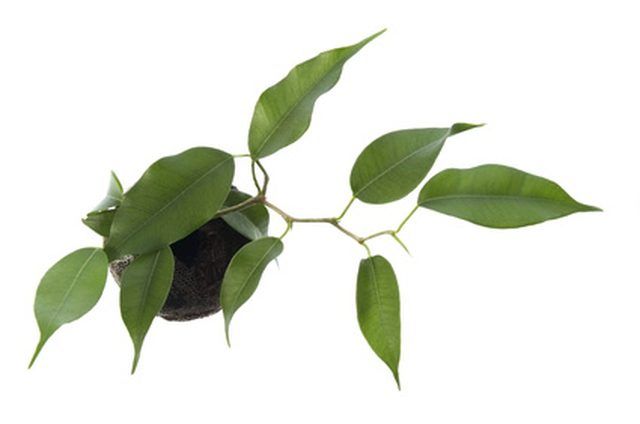Bulbs
Flower Basics
Flower Beds & Specialty Gardens
Flower Garden
Garden Furniture
Garden Gnomes
Garden Seeds
Garden Sheds
Garden Statues
Garden Tools & Supplies
Gardening Basics
Green & Organic
Groundcovers & Vines
Growing Annuals
Growing Basil
Growing Beans
Growing Berries
Growing Blueberries
Growing Cactus
Growing Corn
Growing Cotton
Growing Edibles
Growing Flowers
Growing Garlic
Growing Grapes
Growing Grass
Growing Herbs
Growing Jasmine
Growing Mint
Growing Mushrooms
Orchids
Growing Peanuts
Growing Perennials
Growing Plants
Growing Rosemary
Growing Roses
Growing Strawberries
Growing Sunflowers
Growing Thyme
Growing Tomatoes
Growing Tulips
Growing Vegetables
Herb Basics
Herb Garden
Indoor Growing
Landscaping Basics
Landscaping Patios
Landscaping Plants
Landscaping Shrubs
Landscaping Trees
Landscaping Walks & Pathways
Lawn Basics
Lawn Maintenance
Lawn Mowers
Lawn Ornaments
Lawn Planting
Lawn Tools
Outdoor Growing
Overall Landscape Planning
Pests, Weeds & Problems
Plant Basics
Rock Garden
Rose Garden
Shrubs
Soil
Specialty Gardens
Trees
Vegetable Garden
Yard Maintenance
Ficus Tree Identification
Ficus Tree Identification. There are over 800 species of trees in the Ficus genus. While most of these are trees, others are vines or shrubs. Popular as houseplants, these trees can withstand a lot of pruning and can be shaped to much smaller sizes.

There are over 800 species of trees in the Ficus genus. While most of these are trees, others are vines or shrubs. Popular as houseplants, these trees can withstand a lot of pruning and can be shaped to much smaller sizes.
Common Ficus Tree
The common fig tree (Ficus carica) has very large, bright green leaves that are lobed. With smooth, gray bark, this is one of the only deciduous ficus trees. Look for the edible fig fruit on this tree.
Weeping Fig Tree
The weeping fig tree (Ficus Benjamina) has large, oval, leathery leaves. While these leaves are typically bright green, they can also be grayish green or even a shade of yellow. The weeping fig tree is the most common indoor ficus tree.
Ficus Retusa
Ficus retusa has similar leaves to that of the weeping fig---however, they are growing on stiffer branches, as opposed to the weeping ones of the weeping fig tree.
Rubber Tree
The rubber tree (Ficus elastica) has aerial roots forming multiple trunks. This tree has large, coarse leaves, which are deep green and burgundy. This tree can reach heights of 40 to 50 feet and when cut, oozes a sticky white sap.
Narrow Leaf Fig Tree
The narrow leaf fig tree, otherwise known as the willow leaf fig (Ficus salicifolia), has small, narrow leaves and aerial root formations. Most often found in humid environments, this tree has large, closely spaced leaves.
Moretone Bay Fig Tree
The Moretone Bay fig tree (Ficus macrophylla) has small, reddish-orange flowers and dark green, glossy leaves. The leaves of this tree have a leathery texture.
Alii Fig Tree
The Alii fig tree (Ficus maclellandi) has long, narrow leaves that are similar to willow leaves in their size and shape.